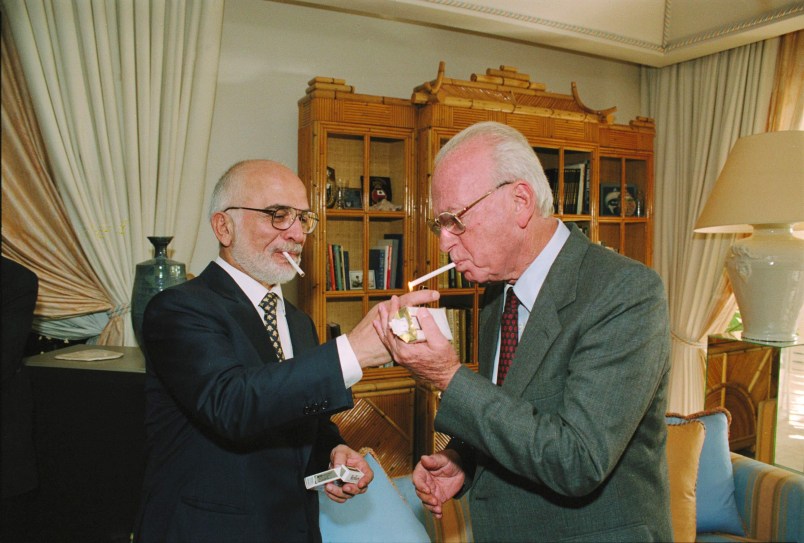After an email exchange TPM Reader TW flagged to my attention this Times symposium on the Oslo Process. It’s quite good, better than we usually have any business expecting from daily journalism. If you’re too young to remember the Oslo years or aren’t familiar with it, you’ll learn a lot from reading it. It’s quick and conversational, not a challenging read. If you are familiar you’ll probably learn some new nuances and details. The gist and one many of us know is that peace was genuinely sought after by both sides and I think it was really possible. History is full of contingencies, things that might have gone one way or another. Those contingencies build on each other to create what is usually the illusion of inevitability. But there were also basic structural flaws to the process and the standing participants which led to failure.
The core structural flaw was that the process was open-ended. In theory there was a five year deadline, but just what was supposed to happen over that five years or what end state it would arrive at at the end of five years was never clear. That meant that enemies of the process on both sides had plenty of time to destroy it. And they were able to do that because the players in power on the both sides were weak.
On the Israeli side, Yitzhak Rabin had a narrow and brittle governing coalition that didn’t have the ability or popular support to rein in the settler and far right factions mobilizing against Oslo. In the end this inability to rein in settler radicalism literally lead to Rabin’s murder. Without Rabin’s peerless security credentials, the Oslo process likely lost whatever chance it had. On the Palestinian side, the PLO and Fatah were as much trying to reassert and regain their control over the Palestinian national movement as they were trying to bargain on its behalf. When Fatah agreed to renounce political violence, Israel thought it would hold a monopoly on the use of force among Palestinians, something Arafat and Fatah were some mix of unable and unwilling to do. As Hamas began its bloody terror campaign to blow up Oslo its popularity among Palestinians grew relative to Fatah. Both sides punted on too many things at the outset and that was their undoing.
All of this is the conventional and I think correct story of Oslo. The linked piece has a lot more detail that is very worth reading. But a more sympathetic view of the players is possible. They punted on so much because it was simply impossible to reach agreement. So they settled on broad parameters. This doesn’t change the big picture, the analysis of the structural shortcomings that led to failure. But it avoids the facile verdict that the architects were fools who created hopeless process. There were big questions the two sides either couldn’t agree on at the outset or possible agreements they knew they couldn’t sell to their constituencies. So they punted. And they did so in the hope that trust built through initial agreements and what we might call initial peace deliverables would make would make those unbridgeables easier to settle. In the event, it worked in the opposite direction.






